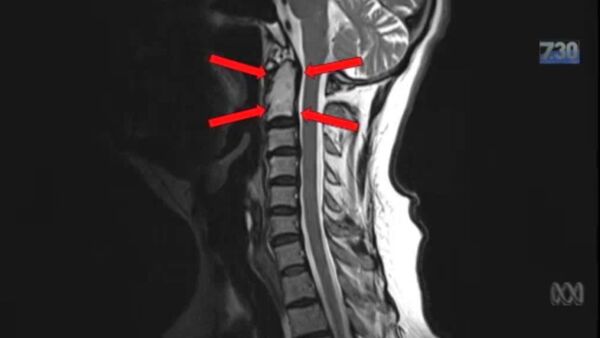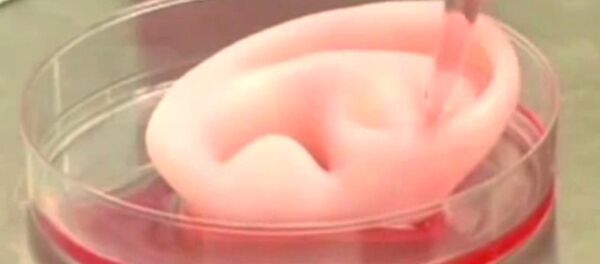Ralph Mobbs, a neurosurgeon at the Prince of Wales Hospital in Sydney, carried out the 15-hour surgery, removing spinal cord tumors and replacing affected tissue with artificial bone parts, ABC Australia reported.
Drage Josevski, the patient, had chordoma, a “particularly nasty” type of malignant growth that constricted his top two vertebrae. Mobbs noted that the only option in this case, without resorting to surgery and appropriate treatment, is a “horrific way of dying.”
“[T]here's no two ways about it. He would gradually lose function of his arms and legs, gradually lose function of his capacity to breathe, eat,” the doctor told ABC Australia.
Preparing for the surgery, Mobbs used computer models to make a comprehensive plan of action in the operating room. To eliminate the growth and affected vertebrae, the surgeon entered the body through the patient’s mouth. The removed tissue was replaced with custom-built three-dimensional titanium parts.

The major complexity of this extremely delicate operation is that the skull must be fully separated from the backbone, and then reattached. According to the physician, there was a “high-risk” that the patient could die in the process.
The surgery was so complicated that doctors waited two months to call it a success. The patient healed quickly and the tumor was eliminated.
Mobbs said that this surgery is a breakthrough in medicine in the use of customized body parts and organs, that will “keep pushing the boundaries on the whole 3D-printed body part business.”
“3D printing of body parts is the next phase of individualized health care,” he said. “To restore bones, joints, organs with this type of technology really is super exciting.”



